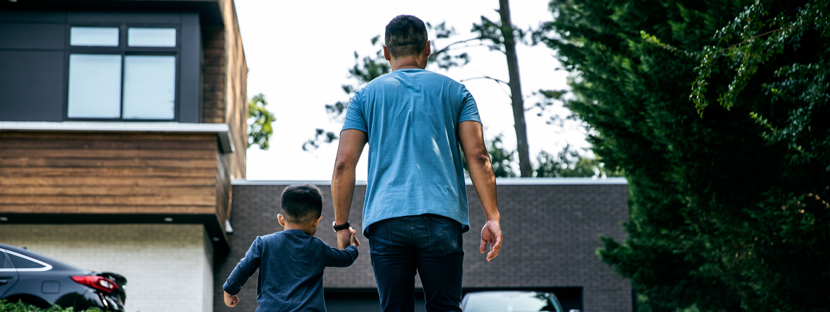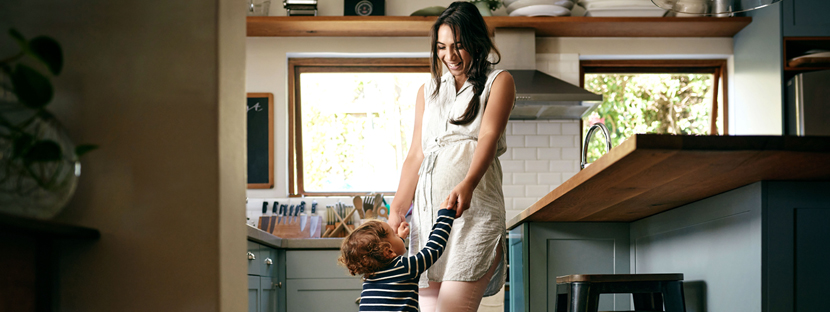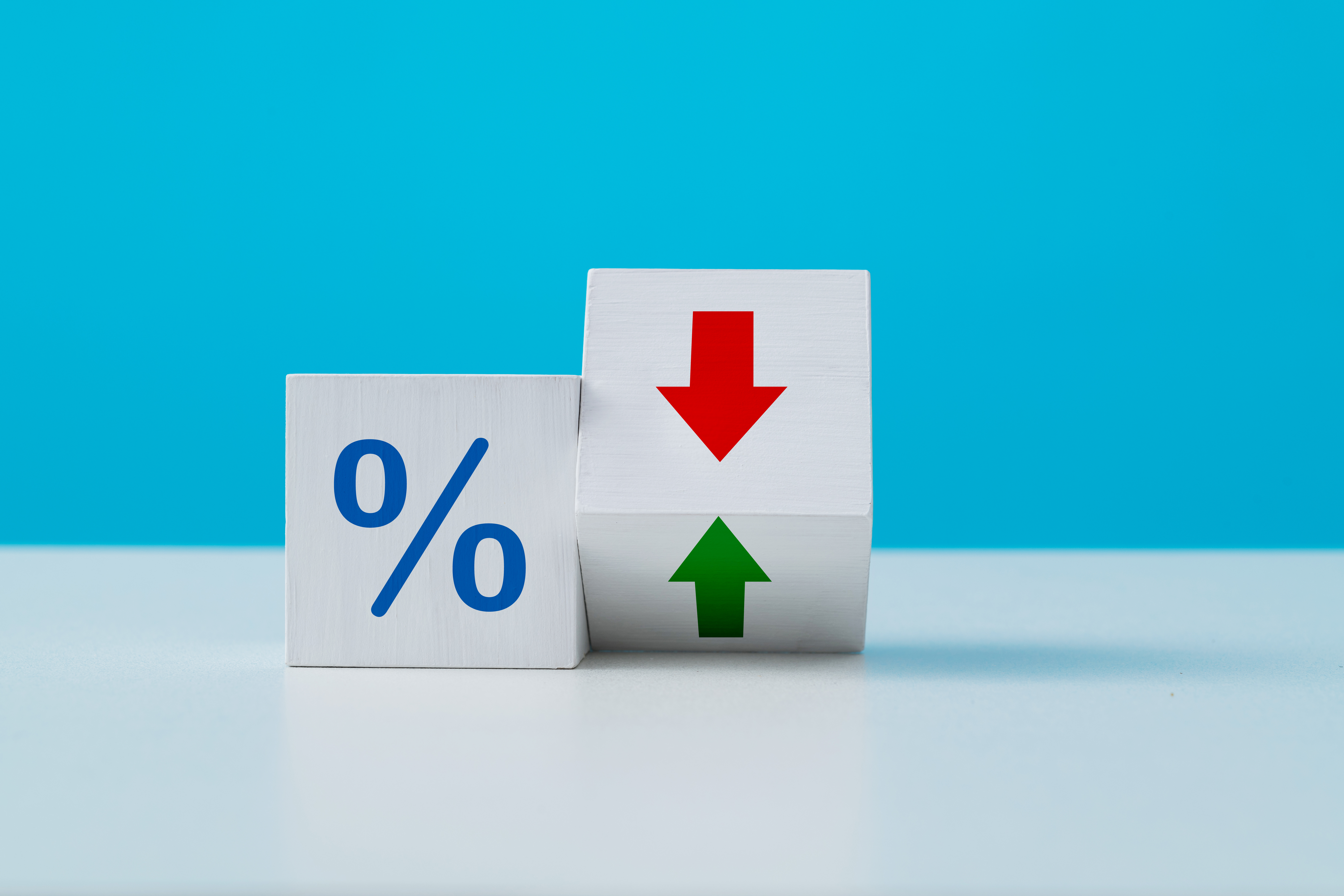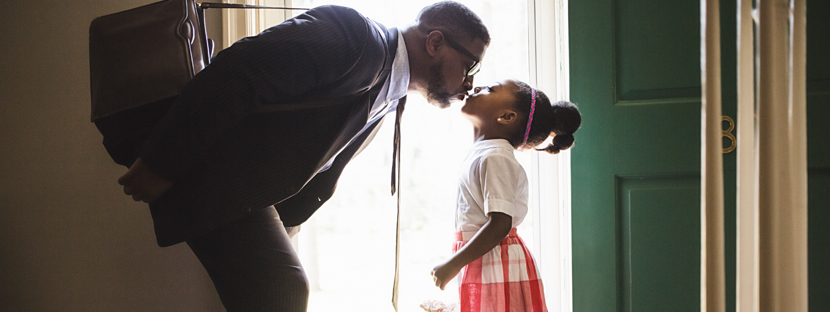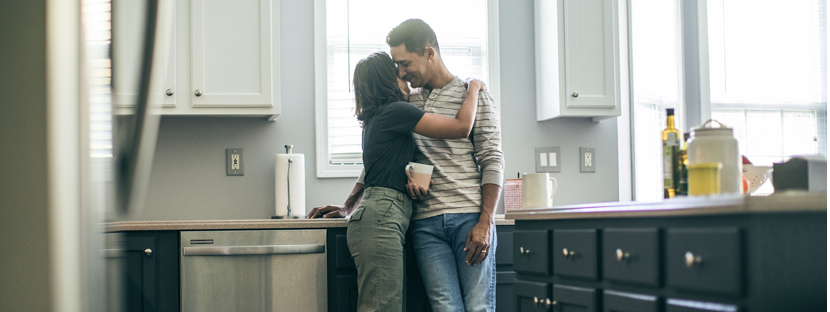
Mortgage Knowledge Center
Buy A Home
Refinance
Solar Energy
About AmeriSave
AmeriSave Mortgage Corporation, NMLS ID #1168, (www.nmlsconsumeraccess.org), Equal Housing Lender; Corporate Office: 1200 Altmore Avenue, Building 2 - Suite 300, Sandy Springs, GA 30342. Additional licensing information may be found by clicking here on this "Licensing" link. For questions regarding state licensing, please contact (866) 970-7283. Not all products and options are available in all states. It does not originate mortgages for properties in NY. Terms are subject to change without notice. Some people portrayed are professional models.





